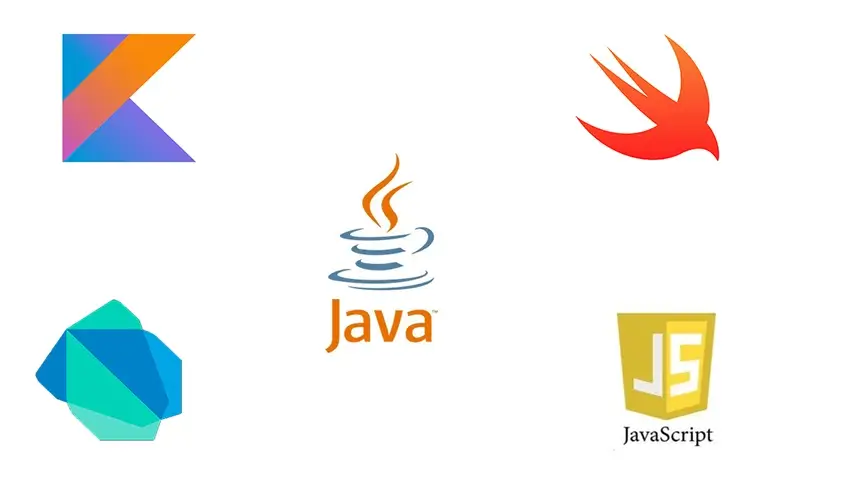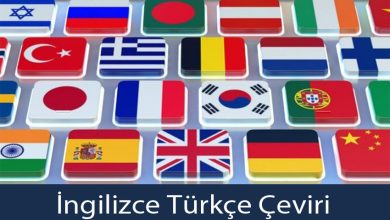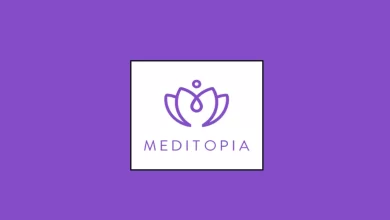Mobil Uygulama Nasıl Yapılır? Mobil Uygulama Yazılım Dilleri Neler?

Mobil Uygulama Nasıl Yapılır? Mobil Uygulama Yazılım Dilleri Neler? Mobil uygulamalar hakkından bilgi sahibi olmak isteyenlerin en çok merak ettiği sorular arasında yer alıyor. Mobil uygulamalar, Android ve İOS cihazlar için özel olarak tasarlanıp uygulamaya dönüştürülen kodlardır. Gelin hep birlikte Mobil uygulamalar hakkında tüm bilinmesi gerekenleri öğrenelim.
Mobil Uygulama Nedir?

Mobil uygulamalar, Android ve IOS cihazlar için özel olarak tasarlanıp uygulamaya dönüştürülen kodlardır. Mobil uygulamalar, erişim kolaylığı ve zamandan tasarruf sağlaması nedeniyle tercih edilmektedir.
Mobil Uygulama Geliştiricisi Kimdir?
Mobil uygulama geliştiriciler, Android ve IOS platformları için uygulama hazırlayan kişilerdir. Uygulama yayınlandıktan sonra periyodik olarak iyileştirmeler yapmaya devam etmektedir.
Mobil Uygulama Nasıl Geliştirilir?

Mobil uygulama geliştirmenin belli aşamaları vardır.
1- Mobil uygulamanın kapsamı belirlenmelidir. Üye olabileceğiniz, alışveriş yapabileceğiniz veya eğlenebileceğiniz bir mobil uygulama geliştirmek istenebilir.
2- Kullanıcı deneyimini en üst düzeye çıkarmak için hedef kitle belirlenmelidir.
3- Mobil uygulamanın boyutu ve bütçesi belirlenmelidir.
4- Uygulamanın tasarımına karar verilmelidir.
Android İçin Mobil Uygulama Nasıl Yapılır?
Android tabanlı cihazlarda mobil uygulama geliştirmek için Java, C, C++ ve Python gibi kodlama dillerine hakim olmak gerekmektedir. Ardından tasarım ve ihtiyaçlar belirlenir ve uygulamanın yapımına başlanır.
iOS İçin Mobil Uygulama Nasıl Yapılır?
İOS işletim sistemine sahip mobil cihazlar için uygulama geliştirmek, Android’den daha karmaşıktır. iOS uyumlu uygulamalar geliştirmek için XCode ve Objective C yazılım dilleri kullanılmaktadır. Bunlara ek olarak C ve C++ yazılım dilleri de kullanılmaktadır.
Mobil Uygulama Yazılım Dilleri Nelerdir?

Mobil uygulamalar kullanılacak işletim sistemine göre birçok farklı yazılım dilinde hazırlanmaktadır. Bunlar;
- Java, C, C++
- Phyton
- XCode
- Objective C gibi farklı programlama dilleridir.
İlginizi Çekebilir 👇
👉 Yazılım Nedir, Nasıl Yapılır?
👉 Öğrenci Gündemi’ ni İnstagram’dan Takip Etmek İçin Tıklayınız




